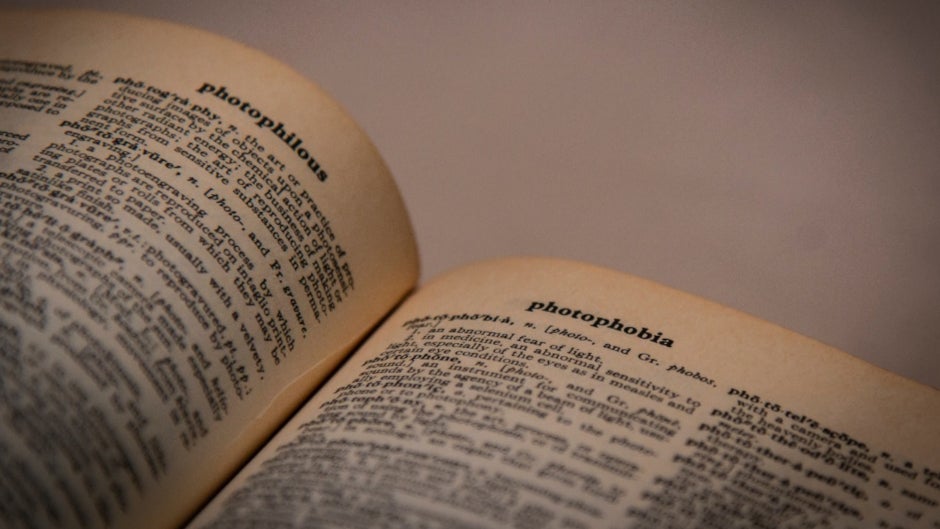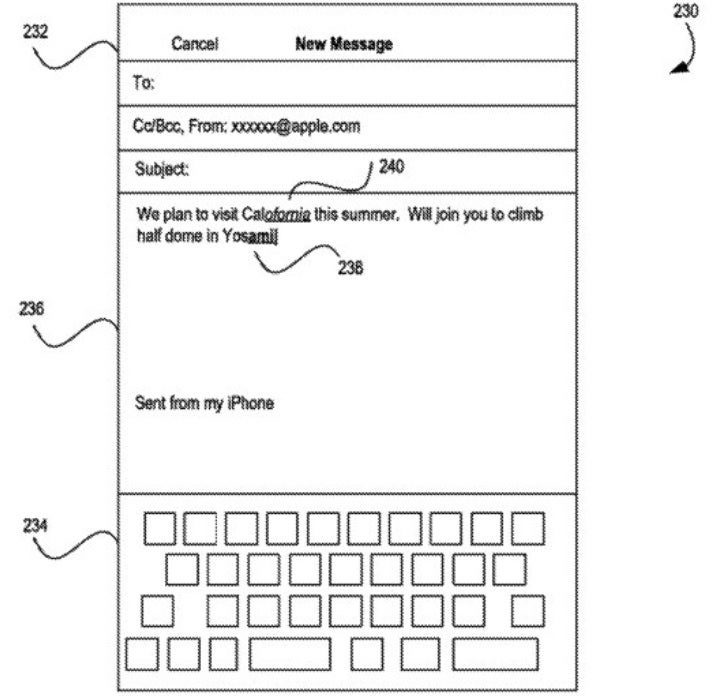Apple receives a patent for new method that quickly finds and fixes typos on the iPhone

When the Apple iPhone was first introduced by Steve Jobs in January 2007, the question on everyone's mind was how will people be able to type using a virtual QWERTY keyboard. Research in Motion (RIM), the company that produced BlackBerry handsets, was probably one of the firms most impacted by the touchscreen iPhone. RIM co-CEO's Jim Balsillie and Mike Lazaridis refused at first to give up the physical QWERTY keyboard.
Balsillie said in November 2007, four months after the iPhone launched, that "as nice as the Apple iPhone is, it poses a real challenge to its users. Try typing a web key on a touchscreen on an Apple iPhone, that's a real challenge. You cannot see what you type." In May of the following year, Lazaridis stated, "The most exciting mobile trend is full QWERTY keyboards. I'm sorry, it really is. I'm not making this up."
In 2008, the first touchscreen Berry was released under the BlackBerry Storm name. It used a virtual QWERTY keyboard that was supposed to feel like you clicked a real keyboard when a letter was pressed. It might have been the most half-baked smartphone to ever come out of a box. A large majority of the units sold by Verizon (on an exclusive basis) were sent back to BlackBerry for repair.
Apple receives a patent from the USPTO for new methods to find an correct typos
When then Microsoft CEO Steve Ballmer was asked about his reaction to the iPhone, he cackled about the price and said that without a physical QWERTY keyboard, businesses won't buy it since it can't be an email machine. We all know who got the last laugh.

Apple receives a patent to help users quickly find and correct a typo
As good as the iPhone's virtual QWERTY is, and how well autocorrect fixes your mistakes (and makes new ones), there is always room for improvement. By fixing typos faster than it does now, Apple can improve the speed at which people type on the iPhone. Apple, working on this, has been granted a new patent by the U.S. Patent and Trademark Office (USPTO) titled "Intelligently deleting back to a typographical error."
The patent introduces a new method for fixing typos by removing only that part of a word that is misspelled. This would be done automatically by the iPhone which would move the cursor to the space just after the last correct letter and erase the rest of the word. The iPhone has a built in dictionary and also knows certain rules about the English language.
In one method, a string of characters is analyzed character-by-character and detects when the string starts to diverge from known words. Common typos and word usage are used with this method to help to quickly find the typo.
The patent says, "After a user inputs a sequence of characters, an error may be identified being in the middle of the sequence of characters. Currently, a user can correct the entire sequence of characters via an auto-correction function, which sometimes fails to provide replacement words that accurately reflect what the user intends to input. What is needed in the art are methods and systems that allows a user to efficiently delete characters corresponding to an input error and restart/continue inputting characters."
The patent was filed by Apple on June 28, 2017 and is number 10,970,481. With this patent, iPhone users might be able to have typos fixed by the keyboard without first cursing out autocorrect.
Follow us on Google News














Things that are NOT allowed:
To help keep our community safe and free from spam, we apply temporary limits to newly created accounts: